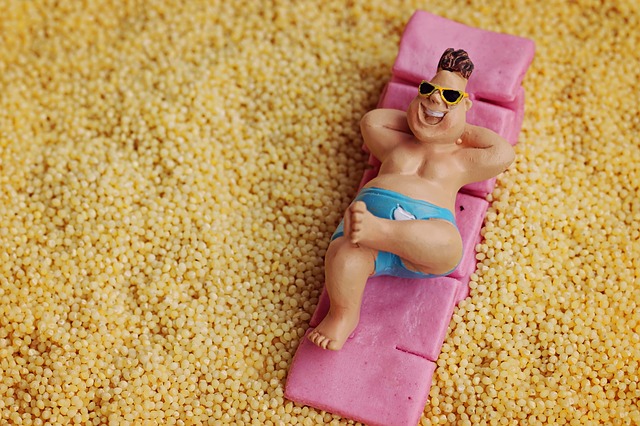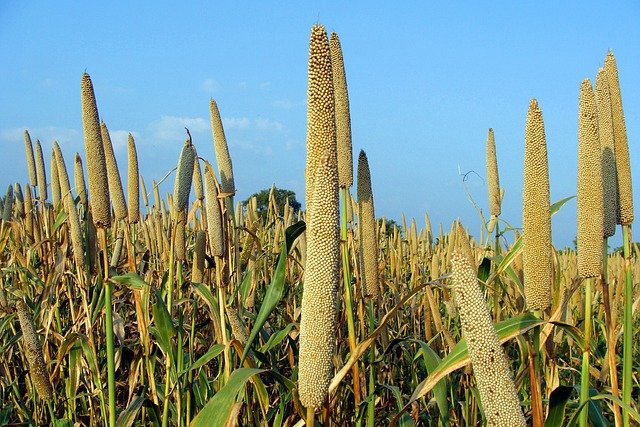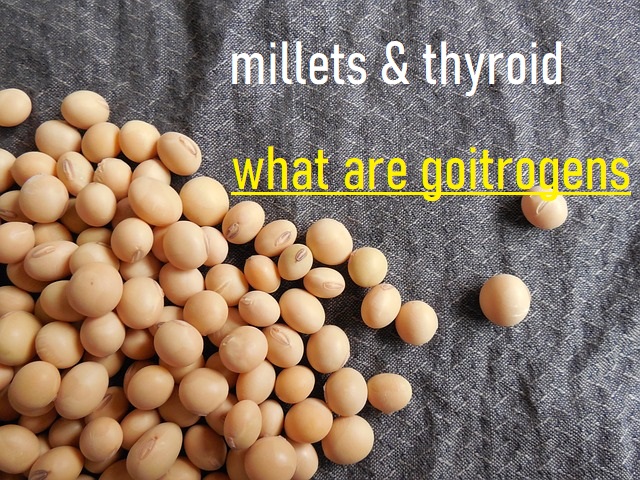Do millets contain anti-nutrients?
Yes, they do. In fact, all whole grains, including oats, contain phytates, which bind to minerals and make their absorption difficult for the body.
Soaking is the first step toward reducing anti-nutrients from millets. Soak for at least 6-8 hours to make digestion easier. Discard the soaked water and then proceed to the next step of cooking. Remove foam from top to reduce gassy elements from millets.
why you should not eat millets unsoaked #shortsfeed #shortsvideo #shorts
Is it necessary to soak millets?
How long do you need to soak millet?
Can you eat soaked millet?
How long does millet take to digest?
Why soak millets for constipation
benefits of soaking millet
how to soak millet overnight
little millet soaking time
should foxtail millet be soaked before cooking
how long should millet be soaked
foxtail millet soaking time
can we use millet soaked water
Unlocking Millets' Nutritional Potential Through Soaking
Beyond enhancing taste and texture, soaking millets can optimize their nutrient bioavailability. Here's how the simple practice of submerging these grains in water cultivates nutritional virtues:
Phytate Breakdown
Millets naturally contain phytate compounds, which trap minerals like iron, zinc and calcium, preventing absorption. Soaking activates the grain's innate phytase enzyme to dismantle phytate, liberating the bound minerals. Studies confirm an 8-12 hour soak slashes phytate levels significantly, allowing us to assimilate more minerals.
Enhanced Digestibility
Soaking alters complex carbohydrates and phosphorus storage molecules into easier-to-digest forms. This unburdens the digestive system, easing bloating and discomfort some experience with unsoaked millets. Additionally, broken down starches enable more efficient nutrient uptake.
Flavor and Texture Improvement
A good soak tenderizes millets' outer bran, yielding a pleasantly chewy texture. This makes millets more palatable, especially for children and older adults. The process also coaxes out millets’ inherent sweet, nutty essence.
Research shows that thanks to phytate breakdown, iron absorption doubles, zinc absorption rises 20-30% and calcium absorption also increases with soaked millets.
While soaking alone cannot neutralize all mineral-binding phytates, it remains a simple, effective strategy to help assimilate more of these grains’ traced minerals. Coupled with mineral absorption-enhancers like vitamin C, soaking unleashes millets’ full potential.
How long should millet be soaked before cooking?
Soaking the millets overnight is a safe practice. Soaking breaks down the phytic acid in millets or for that matter grains and nuts. Phytic acid hinders the absorption of minerals and nutrients in food, including calcium, iron, and zinc. How? Phytates bind to minerals and nutrients and make their absorption difficult in the gut. Your tummy finds it tough to digest millets in that case. So soaking millets and draining off that soaked water makes it easier on your tummy.
Are millets safe for thyroid?
Does millet need to be soaked?
Yes, without soaking, you may not be able to derive benefits from millets.
How much water do you need to soak millets?
You may rinse millets well before soaking in at least double the amount of water. Use 1: 3 cups of water.
1 cup millets and 3 cups of water
How long should foxtail millet be soaked?
All millets should be soaked overnight or for at least 6 hours.
Soaking is a safe food practice that helps remove chemical and non-chemical toxicants that are an environmental hazard even in organic fields.
Can we use the soaked water for millets?
This is one of the most controversial questions around. Soaking ensures the breakdown and removal of phytic acid. This is well accepted. Usually, this consists of unabsorbed minerals that were deposited on the millet's hard part. Certainly, water with phytic acid should not be used as it can cause intestinal and gut problems.
The outer layer of millets contains some minerals that are difficult for the grain itself to absorb and use for nutritional purposes. The human body is not capable to digest them either.
If we use soaked water, these minerals will enter our bodies. Since they are heavy in nature, they can cause multiple neurological disorders and deposit on the kidneys and liver. People with weak digestion can suffer badly due to this.
There are some toxins, such as tannins and saponins, which cover the outer layer of every grain, including millets. These are un-palatable and unabsorbable in the body. When we soak the millet, these toxic elements are released into the water. Using the same water can be an issue.
What Has Ayurveda to Say
If you go through specific literature in Ayurveda dealing with millets, it suggests systematic eating. For example, one millet at a time and no multigrain millets. This is to ensure that you can easily eat and digest that particular type of millet.
Soaking only aids in absorption and digestion by eliminating gut-resistant anti-nutrients from it. Traditional practice is always to soak millets. During visits to tribal hamlets, who are original users of these millets, we found that they give soaked water to animals, which is not for human use.
Specifically, they give this water to animals with multiple stomachs, such as cows, who have 10 times more digestive power than humans. Also, a few Ayurveda literature point out that millets are coated with certain anti-nutrients that can increase "bata" and therefore, they suggest soaking and getting rid of those anti-nutrients.
Certainly, the soaked water has all these anti-nutrients that should not be going into your body. Agriculture Science also shows that millets have a natural hard indigestible covering that goes into the water in which they are soaked.
The decrease in phytic acid during malting may be attributed to the leaching of phytates during hydration at the time of germination. As a result, there is an increase in the enzyme phytase activity, which breaks down phytic acid. Research says cooking millets in the same soaked water does not increase phytate degradation.
Here are the research papers to back this.
https://www.ijcmas.com/7-2-2018/Sneha%20Shigihalli,%20et%20al.pdf
https://www.ncbi.nlm.nih.gov/pmc/articles/PMC4325021/
How do you soak and cook millet?
Overnight soaking is the best way to use millets. Cook millets in double the amount of water. You may cook in an open pot, mud vessel, or pressure cooker.
Do you need to wash millet before cooking?
Absolutely. Rinse millets well before soaking and cooking.
How long should millets be soaked?
At least 6-8 hours
What are the side effects of Millets?
Although there are no side effects of millets, overreliance or indulgence might cause problems for some people with specific health issues. Remember, millets induce weight loss and you might lose a lot of weight on a millet diet.
can we eat millet in navratri fast?



Nice
ReplyDelete